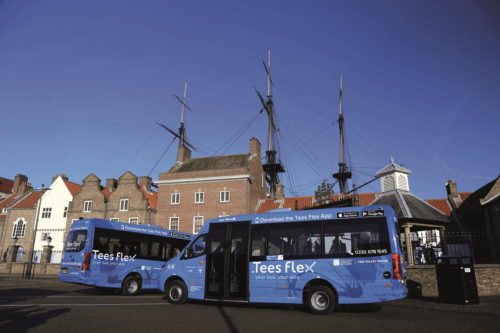
In the first of a two-part feature, Jonathan Welch considers the role of demand responsive transport and speaks to industry commentator Roger French about its rising popularity
Demand responsive transport, or DRT, has become one of the industry’s buzzwords in recent years, and is often seen as a solution to a range of transport problems. According to the Department for Transport (DfT), it can improve social inclusivity and access to services, as well as contributing to decarbonisation. A range of purposes and benefits are cited including addressing suppressed travel demand, acting as a feeder service to existing bus and rail services, providing an alternative to private car journeys and encouraging active travel. But despite the headlong rush in recent years to either launch new schemes or replace fixed routes with flexible options, there is still doubt over the success of DRT, and by what metric it should be measured.
[…]
By subscribing you will benefit from:
- Operator & Supplier Profiles
- Face-to-Face Interviews
- Lastest News
- Test Drives and Reviews
- Legal Updates
- Route Focus
- Industry Insider Opinions
- Passenger Perspective
- Vehicle Launches
- and much more!


